What is 3D printing?
Three-dimensional light-curing 3D printing (often referred to as SLA) is one of the most popular and common technologies in the field of additive manufacturing. It works by using a high-power laser to harden the liquid resin in the container to produce the desired 3D shape. In short, the process uses low-power lasers and photopolymerization to convert photosensitive liquids into 3D solid plastics layer by layer.
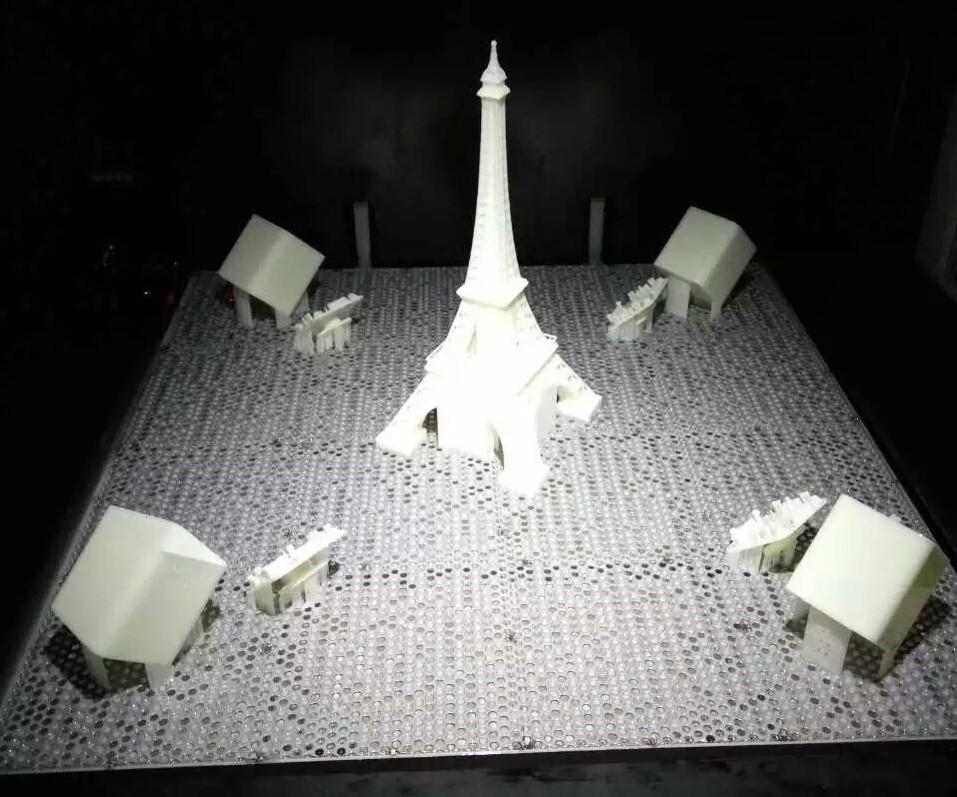
SLA is one of the three main technologies used in 3D printing, as well as Fused Deposition Modeling (FDM) and Selective Laser Sintering (SLS). It belongs to the category of photosensitive resin 3D printers. A similar technology usually combined with SLA is called digital light processing (DLP). It represents an evolution of the SLA process, using a projector screen instead of a laser. Although not as popular as FDM technology, SLA is actually the oldest additive manufacturing technology.
The history of SLA curing (stereolithography)
The term "stereolithography" is derived from ancient Greek. "Three-dimensional" and "(photo) lithography" mean "solid" and "light writing form" respectively.
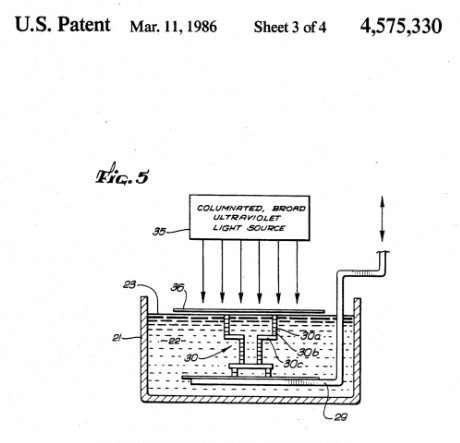
As the oldest additive manufacturing technology, SLA is sometimes considered the "mother of all 3D printing technologies." It was developed by the American company 3D Systems, which was founded by Chuck Hull in 1986. Hull coined the term "stereolithography" in 1986. He defined this technology as a method of making 3D objects by continuously printing thin layers of ultraviolet curing.
In 1992, 3D Systems created the world's first SLA device, which can manufacture complex parts layer by layer in a small amount of time. SLA was the first to enter the field of rapid prototyping in the 1980s, and continues to develop into a widely used technology.
SLA light curing components
SLA 3D printer usually consists of the below four main components:
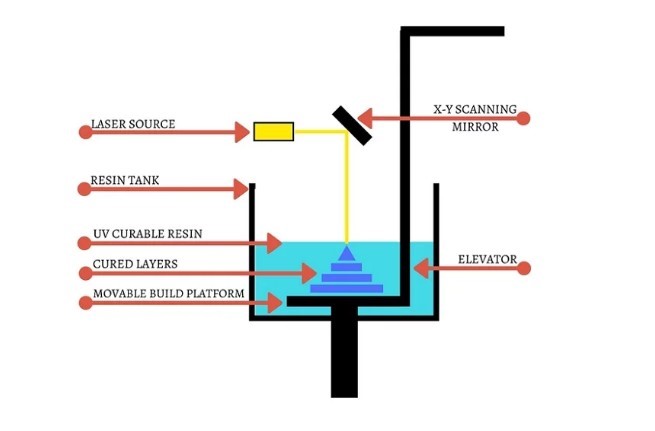
How does SLA light-curing 3D printer work?
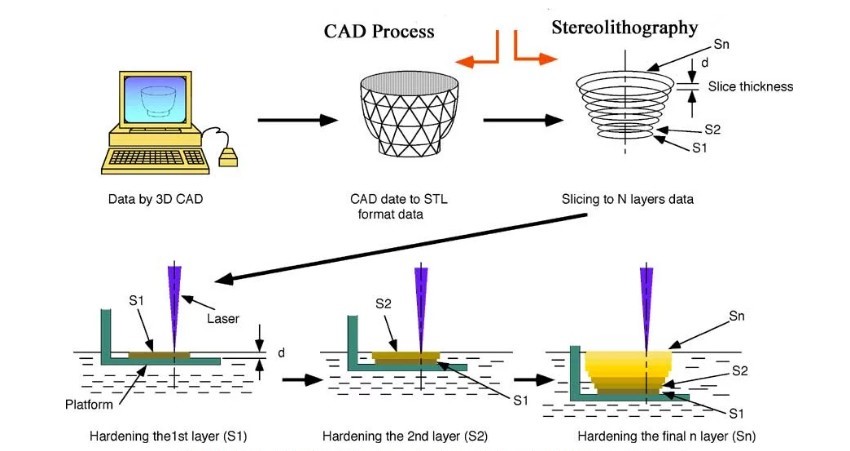
Here is how SLA light-curing 3D printer works:
I. software
As is the case with many additive manufacturing processes, the first step involves designing a 3D model through CAD software. The generated CAD file is a digital representation of the desired object.
If they are not automatically generated, the CAD files must be converted to STL files. Standard Tessellation Language (STL) or "Standard Triangle Language" is the native file format of the stereolithography software created by Abert Consulting Group in 1987 specifically for 3D Systems. The STL file describes the surface geometry of the 3D object, without mentioning Other common CAD model attributes, such as color and texture.
The pre-printer step is to feed the STL file to 3D slicer software, such as Cura. These platforms are responsible for generating G code, which is the native language of the 3D printer.
II. SLA 3D printing
When the process begins, the laser "pulls" the first layer of printed matter into the photosensitive resin. No matter where the laser hits, the liquid will solidify. A computer-controlled mirror guides the laser to the appropriate coordinates.
At this point, it is worth mentioning that most desktop SLA printers are upside down. In other words, the laser points to the build platform, which starts from a low position and gradually rises.
After the first layer, the platform is raised according to the layer thickness (usually about 0.1mm) and allows additional resin to flow under the printed part. The laser then cures the next cross section and repeats the process until the entire part is complete. The resin that has not been touched by the laser remains in the barrel and can be reused.
III. Post-processing
After the material polymerization is completed, the platform is raised from the tank and the excess resin is discharged. At the end of the process, the model is removed from the platform, the excess resin is washed, and then placed in a UV oven for final curing. Post-press curing makes the object reach the highest possible strength and become more stable.
IV. Alternative process: digital light processing
As we mentioned before, a descendant of SLA is Digital Light Processing (DLP). Unlike SLA, DLP uses a digital projector screen to flash a single image of each layer on the entire platform. Since the projector is a digital screen, each layer will consist of square pixels. Therefore, the resolution of a DLP printer corresponds to the pixel size, while for SLA, it is the laser spot size.
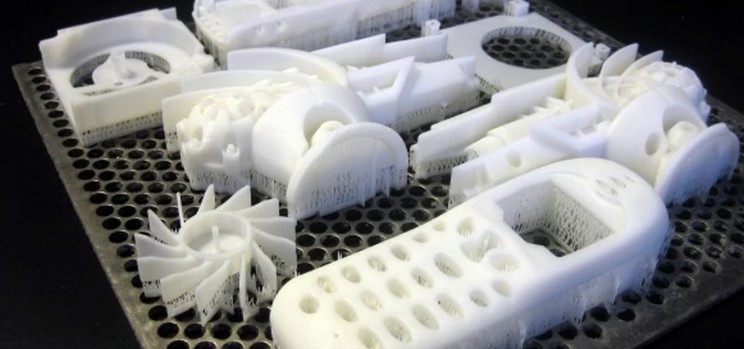
Although the SLA light-curing 3D printing device was the first process developed for rapid prototyping and the earliest of the main 3D printing methods, it is still attractive for creating prototypes with high precision and durability solution. Many industries and hobbyists use this process to build prototypes and final products, and the technology continues to become more affordable and easy to use.
 online service
online service 0086-591-8806 9579
0086-591-8806 9579 88067049
88067049 izzy@lexinda.com
izzy@lexinda.com sarahlpr
sarahlpr 86-15336506363
86-15336506363